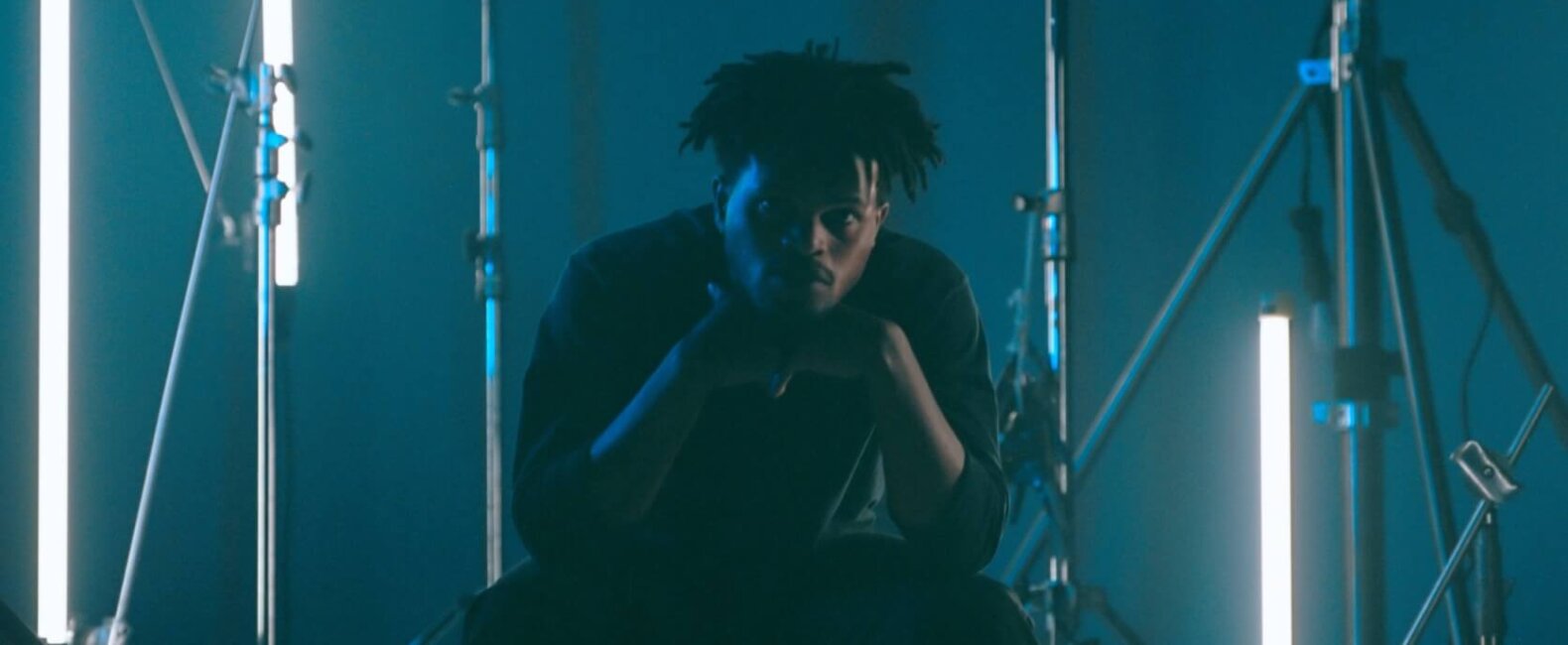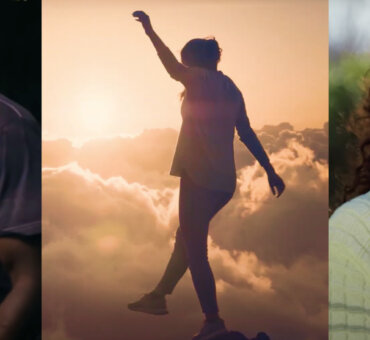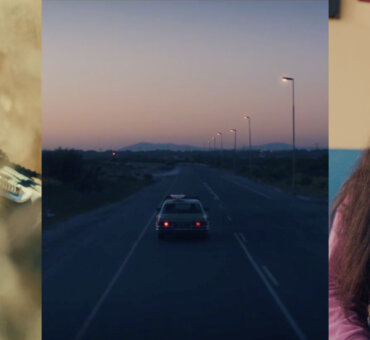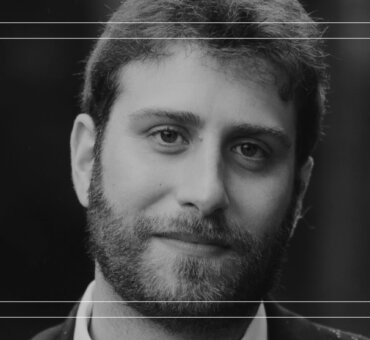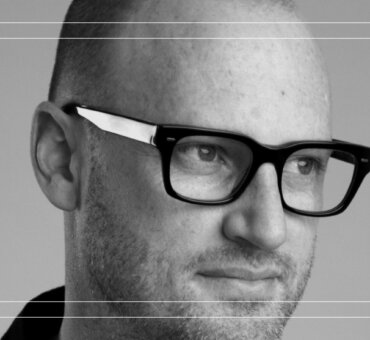[nectar_single_testimonial testimonial_style=”small_modern” color=”Default” quote=”“Clocks slay time… time is dead as long as it is being clicked off by little wheels; only when the clock stops does time come to life.” — William Faulkner”]Rest tends to be a loaded term. It means something different to all of us, but we’re all told we need it (whether we like it or not). There’s not too many of us who would dispute that fact, but so few of us give it the attention it deserves. We like to say it’s important, but then load our schedules to the brim anyways. Our schedules push us to the point of exhaustion and we’re over our heads before we even notice. Anxiety ensues. Stress ensues. Burnout ensues.
So, instead of preaching about rest, we should start gaining a new perspective on it. The truth is, work is not the same as it used to be. Our hours are not as clearly defined, expectations are much higher, and tasks are becoming more and more cerebral. If our work is changing so much, why are we still sticking to the stereotypical vacation model? Shouldn’t the way we take time off radically shift along with the work?
To put it another way, if Stefan Sagmeister’s team takes an entire year off of work every seven years, maybe that means the model is broken. Let’s take a few minutes to talk about how we rest. The advertising industry is inundated with “intentional rest” and chronic overworking in equal parts, and it’s about time we all got on the same page.
Do More with Less
First, let’s set one thing straight: Particularly in the creative field, productivity is a bit hard to pin down. We all know the final product is the tip of the iceberg, with hours of work holding it up, but it can be hard to draw the line between work and rest. In fact, a study in the UK revealed that the average office worker was actually working for a meager 2 hours and 23 minutes. It may seem like an extreme example, but as a creative, just think about how much time you spend actually producing work in any given day.
This isn’t to say that we’re lazy. In fact, quite the opposite. Our brains are being pushed harder and harder to produce creative content, and we only have so much capacity to do so. The problem is that we still think about a workday as if we’re on the assembly line, punching the clock. Here’s author Alex Soojung-Kim Pang in a 2016 interview with Scientific American:
“I noticed a paradox in the lives of some really creative people: people like Charles Darwin, Stephen King, Maya Angelou, who are obsessed with their work. But when you look at how many hours a day they spent working, it’s a surprisingly small number. Living in Silicon Valley and growing up in an era that assumes overwork is the norm, the idea that you could go in the opposite direction and yet still do really amazing stuff was really compelling.
I started to think that maybe the secret had to do not just with how they work or their innate intelligence but also with the way they rested. What I found is a community of people including scientists and artists and authors who follow this pattern of working very intensively a few hours a day and then resting deliberately in various ways. Rest is something we all know how to do naturally, but it’s also something we can treat as a skill.”
So, step one in reframing rest is to see it for what it truly is—something we need to emphasize so we can maximize the brief time we’re also producing. Essentially, we need to see rest as work. If we’re only going to be producing for a few hours a day, we should be using the remaining hours ensuring that we’ll make the most of it.
Let Your Brain Work
As creatives, our brain is our most valuable asset, but it’s also something we can’t control—or at least force into our timelines. We’ve all banged our head against the wall, waiting for that next great line of copy or punchy one-liner to work its way out of our brains until it pops out of an ear. We also know it doesn’t work that well.
If you think for a second that you know what your brain is doing at any given time, maybe it’s time we give the brain more credit. Even if we’re not “working,” it’s most likely just getting warmed up.
There’s an incredible article by Nancy C. Andreasen called “Secrets of the Creative Brain” published in The Atlantic. In it, she chronicles her work exploring the genius and broken minds of iconic creators, like Kurt Vonnegut, Sylvia Plath, and more. During one study, they measured the brain activity of people who were in a state of rest:
“We examined a condition that we called random episodic silent thought, or R.E.S.T.: we asked subjects to lie quietly with their eyes closed, to relax, and to think about whatever came to mind. In essence, they would be engaged in ‘free association,’ letting their minds wander. The acronym R.E.S.T. was intentionally ironic; we suspected that the association regions of the brain would actually be wildly active during this state.
As for how these ideas emerge, almost all of my subjects confirmed that when eureka moments occur, they tend to be precipitated by long periods of preparation and incubation, and to strike when the mind is relaxed—during that state we called R.E.S.T. A lot of it happens when you are doing one thing and you’re not thinking about what your mind is doing,’ one of the artists in my study told me. ‘I’m either watching television, I’m reading a book, and I make a connection … It may have nothing to do with what I am doing, but somehow or other you see something or hear something or do something, and it pops that connection together.’”
So, the next thing we need to realize is that even when you’re resting you’re working. Particularly for creatives, we can’t just shut our brains down when we like. When we’re intently focused on solving a particular problem, the best thing we can do is go into a state of rest, to let our subconscious brain do what it does best, without our conscious brain getting in the way.
Aim for Sustainability
The idea that we’ve made “rest” into its own form of activity is a telling problem. Should it need to be so much of an event for us to take some time off, to be not working for a few hours, days, weeks, or more? It seems to signal a problem in our society, where we need a “break” from the thing we’re supposed to spend our lives loving to do.
For an article on creative burnout, Fast Company surveyed creatives about what they do to avoid it. Many of them had great advice, but musician Emily Haines had an insight that hinted at something much larger:
“Honestly, the only time that I feel things start to spin out is when I buy into the whole ‘work really hard and then just don’t work at all’ idea. It’s the retirement model. It’s the ‘I’m trying to do as little work as possible model,’ which is unfortunately what happens to a lot of touring musicians. You come off the intensity of being on the road and then you want to just be the king of piña coladas on the beach for the three months. For me, the only time when I actually feel like my creative drive starts to wane is if I fall for that bullshit. I only burn out when people try to convince me that somehow this is a job that I don’t want.”
What if we lived in a way where we didn’t have to go “Rest” with a capital R? Emily’s insight here is spot-on, the idea that we can possibly build a work/life balance that we can maintain for years on end without needing to recharge or refuel.
It all starts with our perspective. What if someone told you that you’d never get another vacation in your life? It’d make sense to make some changes. You’d reduce hours. You’d focus your energy. You’d work harder for less time. You’d take care of your mental and physical health. You’d give more grace to your co-workers and collaborators. If there were no vacation, no light at the end of the tunnel, you’d create an environment that incorporated rest as a necessity, not a luxury.
As creative jobs become more viable, and the industry becomes more powerful, us creatives are being asked to move mountains. We’re being asked to change the world, to build bridges, and destroy others. It’s a lot to ask. It’s about time we started defending ourselves and our sanity, finding new ways to work and new ways to not work.This is not an article about how to get rest; it’s an article about why to get rest. You know how to get it done. Go on a hike. Paint a picture. Literally, sleep. That’s beside the point. The point is that rest matters, we all know it, and it’s time we start acting like we know it.
If you’re looking for more ways to inspire creativity, read our conversation with Salomon Ligthelm about finding creative breakthrough.
